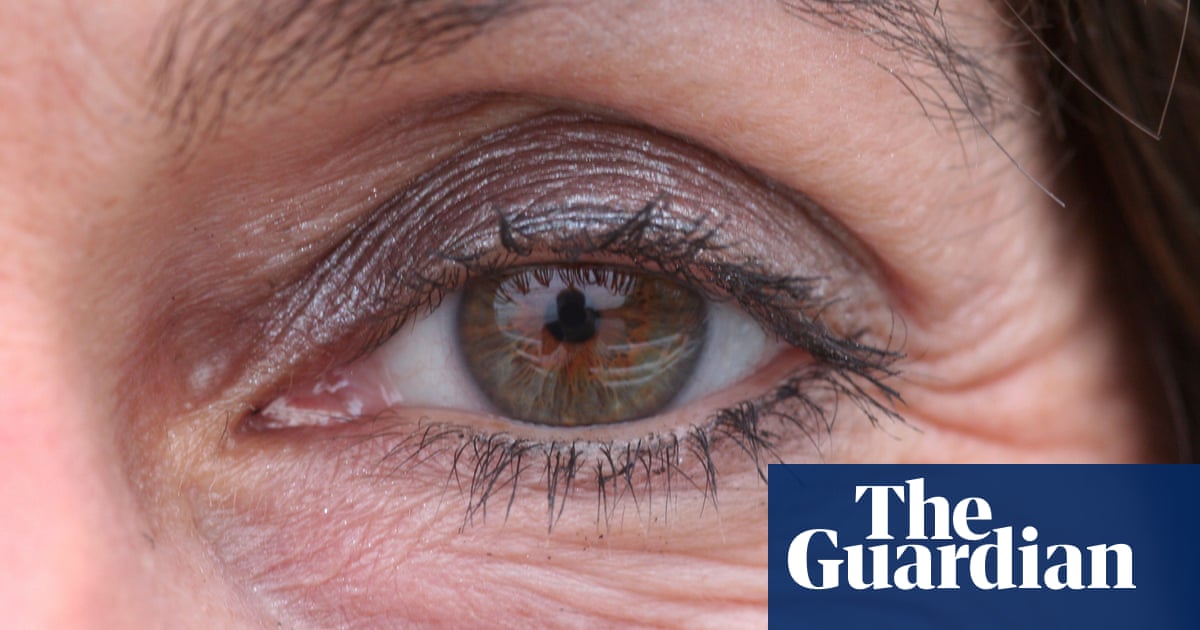- cross-posted to:
- health@lemmy.world
- cross-posted to:
- health@lemmy.world
If you have noticed a sudden accumulation of wrinkles, aches and pains or a general sensation of having grown older almost overnight, there may be a scientific explanation. Research suggests that rather than being a slow and steady process, aging occurs in at least two accelerated bursts.
The study, which tracked thousands of different molecules in people aged 25 to 75, detected two major waves of age-related changes at around ages 44 and again at 60. The findings could explain why spikes in certain health issues including musculoskeletal problems and cardiovascular disease occur at certain ages.
“We’re not just changing gradually over time. There are some really dramatic changes,” said Prof Michael Snyder, a geneticist and director of the Center for Genomics and Personalized Medicine at Stanford University and senior author of the study.
“It turns out the mid-40s is a time of dramatic change, as is the early 60s – and that’s true no matter what class of molecules you look at.”
…



Read further in that paragraph:
Also, see the previous article in Nature linked in the article. That study looked at fewer proteins, but had over 4,000 participants.
I mean, that makes me even more skeptical. 108 volunteers tracked for that many sparesely populated vectors is 100% going to have hundreds of false positives just due to statistical noise.